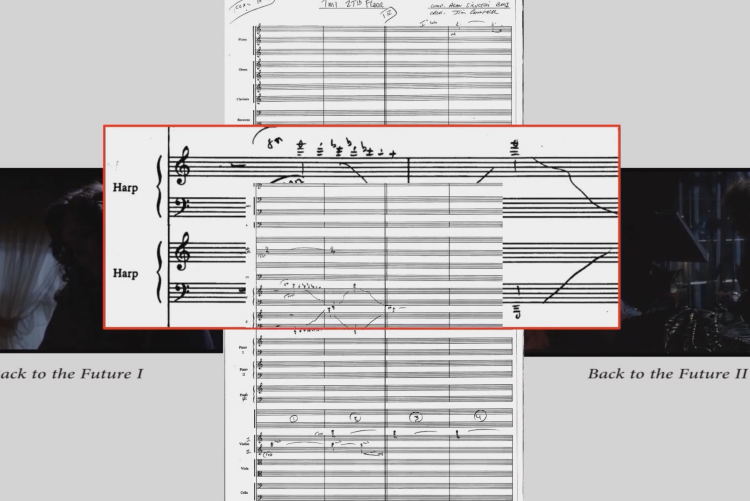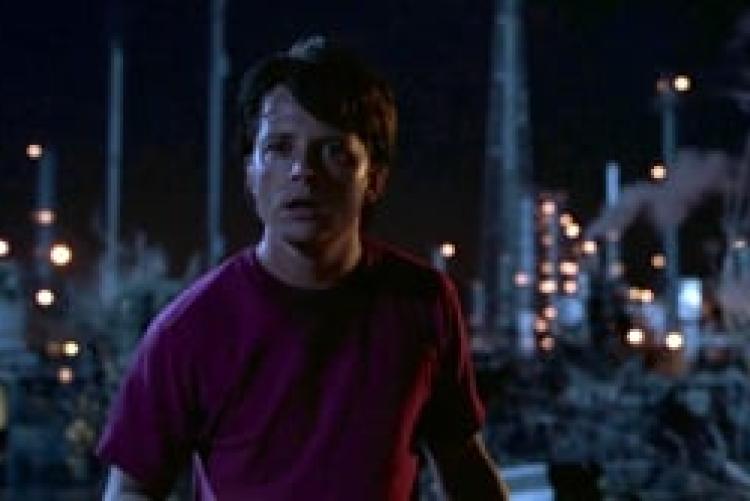“Whole-Tone Collections and Temporal Dislocation in Film Music” by Zachary Cairns is now available at SMT-V.org and on YouTube.

Abstract:
Film composers have often drawn on the whole-tone collection to accompany dream sequences, partly because the intervals the collection contains provide a sense of stillness that seems well suited to depicting altered states of consciousness. But composers also use whole-tone collections as agents of temporal dislocation. Temporal dislocation refers to the experience of an intertwining of past, present, and future. There are three primary categories of temporal dislocation: narrative dislocation, where the film’s narrative removes itself from predominant temporal mode of storytelling; character dislocation, where a character experiences an event that challenges their chronological understanding of past, present, and/or future; and audience dislocation, where the film challenges the audience’s chronological understanding of past, present, and/or future. This video demonstrates these types of temporal dislocation through examples from Jaws (1975), Back to the Future II (1989), and Star Wars: Episode IV (1977). None of these films use a primarily whole-tone language, but they all turn to whole-tone collections for these specific moments.

